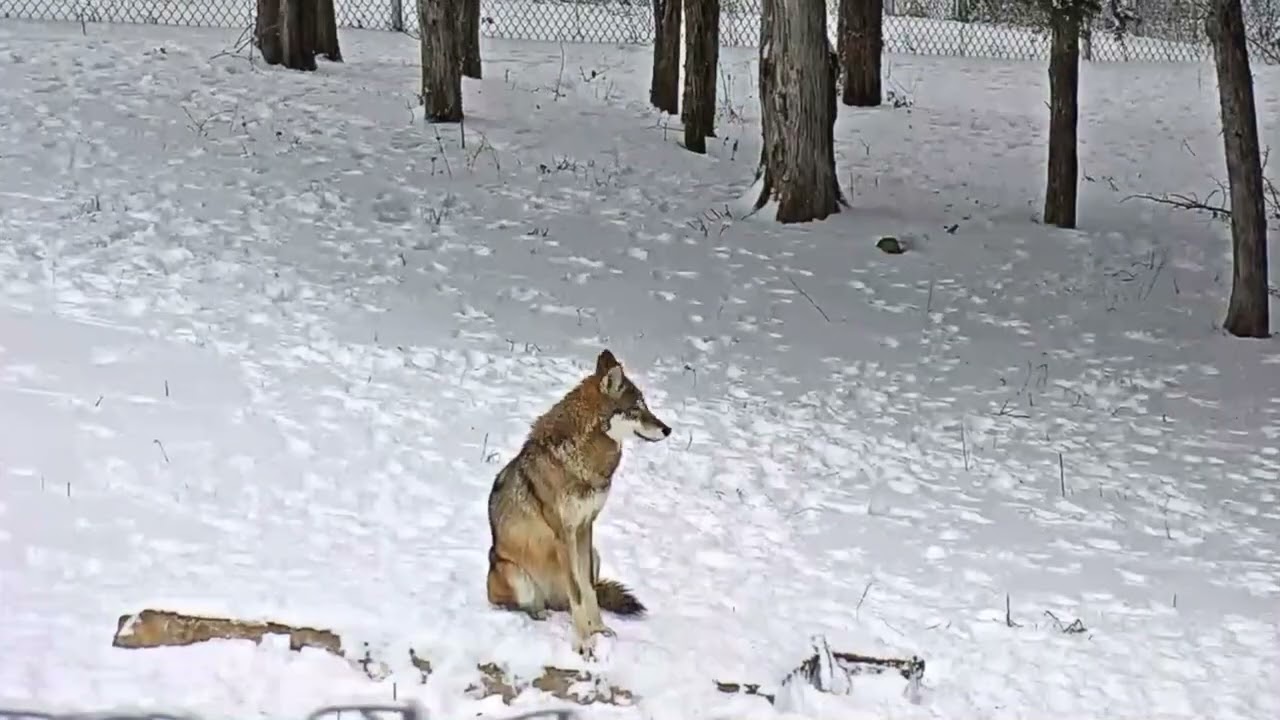- Understanding the Habitat and Behavior of American Red Wolves in Captivity
- The Role of the Saint Louis Zoo in American Red Wolf Conservation
- Insights into the Social Dynamics of Red Wolves during Winter
- The Impact of Seasonal Changes on Red Wolves’ Physical Health and Behavior
- The Importance of Conservation Education and Public Engagement
The American red wolf is one of the most endangered carnivores in North America. Observing these magnificent animals revel in snowy conditions offers a unique perspective on their adaptability and behavior in controlled environments. Habitat understanding and behavioral study are crucial in enhancing conservation efforts for American red wolves in captivity.
The Saint Louis Zoo Reserve plays a critical part in the survival of this species. The reserve provides a controlled setting that closely mimics the wolves’ natural habitat, allowing for scientific research and public education. Here, efforts are concentrated on balancing welfare and scientific inquiry while educating the public on the species’ plight.
In the wild, American red wolves are elusive creatures native to the southeastern United States. Their preference for habitats such as swamps, forests, and coastal prairies reflects their adaptability. However, the behaviors they exhibit in captivity—like playing in the snow—serve as valuable data points, informing how these behaviors can influence their health and relationships. Such interactions may not be typical in their native habitats, where snow is less common, yet they offer insights into the flexibility of their social interactions.
An essential aspect of understanding red wolves involves observing how seasonal variations affect their physical health and behavior. During winter, wolves might develop thicker fur to protect against cold temperatures. These changes are not only physical but behavioral; increased playfulness or altered social dynamics can occur as they interact with their environment. Observing these changes in a controlled zoo setting provides valuable information for conservation strategies aiming at fostering a successful reintroduction to the wild.
Education is pivotal in driving change and fostering conservation efforts. Seasonal behaviors of the American red wolves captured on video, particularly their enjoyment of snowy environs at the Saint Louis Zoo, become vital educational tools. These glimpses into their lives not only captivate audiences but spark curiosity and support for conservation initiatives. Engaging the public through education about wildlife conservation and the current threats facing the American red wolf contributes significantly to the survival of this endangered species. By witnessing these wolves in various seasonal conditions, zoo visitors gain an appreciation for the species and the challenges they face in the wild.
The Saint Louis Zoo is more than a habitat provider; it is a beacon of hope for preservation through actionable conservation research and public awareness campaigns. It encourages visitors to appreciate the nuances of animal behavior and the critical role zoos play in conservation. By understanding these details about American red wolves in snowy conditions, we can better support ongoing efforts to sustain and increase their population in their native regions.
*****
Source Description
Wolf pack snow day ❄️
The American red wolves at the Saint Louis Zoo Sears Lehmann, Jr. Wildlife Reserve loved playing, digging, and cuddling in the freshly fallen snow last week.
Watch Ladybird and Wilber along with their 8-month-old pups, Molly, Obi and Finn, as they take in the winter wonderland. During cold months, red wolves are more active during the day compared to summer when they prefer the cooler evenings. They’ll bury food under the snow to save it for later, a natural instinct for when prey is scarcer in the winter. Since they are native to Missouri, though are no longer found in the wild here, they are well adapted to our weather.
The Wildlife Reserve is today home to 16 critically endangered red wolves in Franklin County. Learn more at https://stlzoo.org/conservation/wildlife-reserve.


